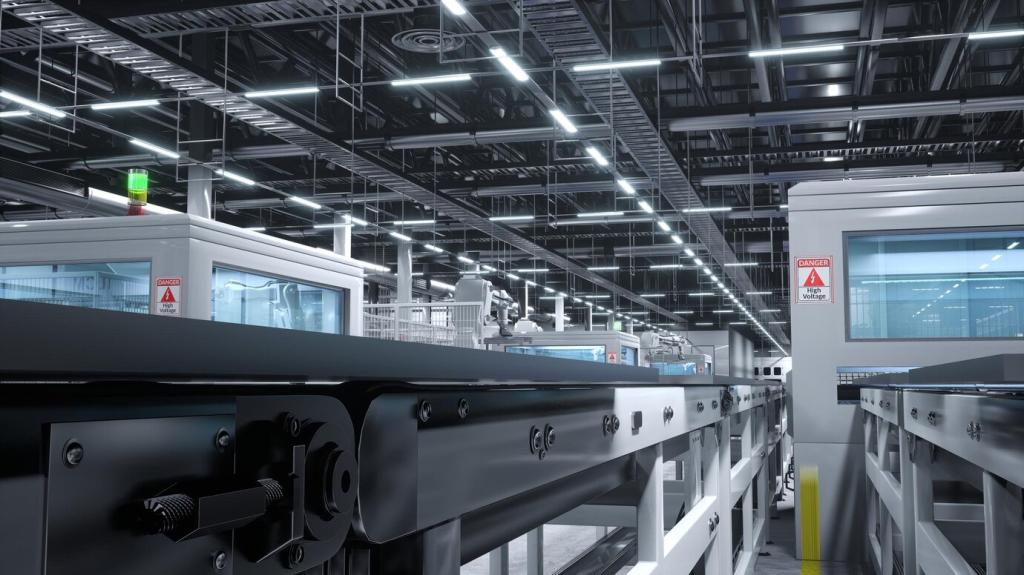Clean Air, Lower Carbon
High-MERV filters capture fine particles, but smart differential pressure sensing prevents overworking fans. Variable-speed blowers maintain airflow quietly, delivering cleaner air while safeguarding efficiency and extending filter life under real, changing conditions.
Clean Air, Lower Carbon
Demand-controlled ventilation reads CO2 and VOC levels, then adjusts outside air precisely. You avoid over-ventilating on mild days, keep classrooms and living rooms sharper, and spend energy only when occupants truly benefit.







